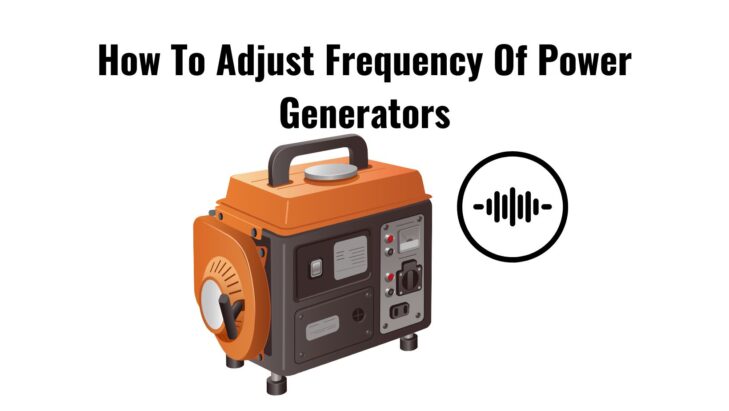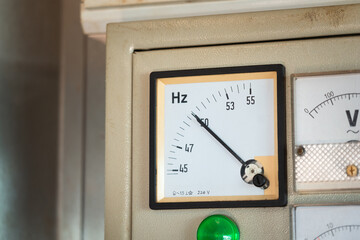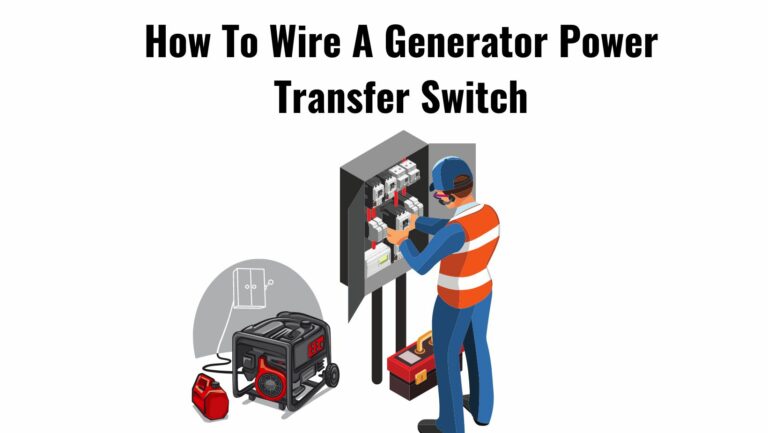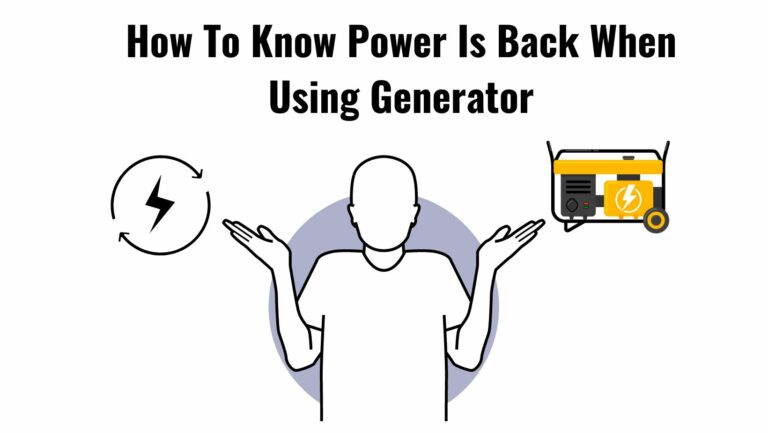Generators are connected in a power generation system to provide a consistent frequency. However, if one generator produces more power than the others, it can cause an imbalance in the system and lead to a deviation in frequency.
Various factors, including differences in generator size, malfunctions, or maintenance issues, can cause power generation imbalances.
3. Equipment Malfunction
Equipment malfunctions can also cause frequency deviation. For example, if a generator or other electrical equipment experiences a failure, it can cause the frequency to deviate.
Various factors, including wear and tear, improper maintenance, or system design issues, can cause equipment malfunctions.
How To Adjust The Frequency Of Power Generators
Adjusting the frequency of a generator is essential to ensuring your generator runs smoothly. To adjust the frequency of your power generator:
1. Monitoring Frequency Using Control Systems
The first step in adjusting the frequency of power generators is to monitor the frequency using control systems. These systems use sensors and other monitoring devices to track the frequency and alert you if it deviates from the standard range. Doing this gives you the necessary information to make the necessary adjustments.
2. Load Management to Balance Power Generation
Once you understand the frequency, you can adjust the generator load to balance the power generation.
This may involve adjusting the use of individual generators or changing the overall power generation system. This will let you reduce the risk of frequency deviation and maintain a stable frequency.
3. Maintenance and Repair of Equipment
Regular maintenance and repair of equipment are essential for preventing frequency deviation. This may include checking and fixing any issues with generators, electrical equipment, or other power generation system components.
4. Use of Frequency Control Devices
Frequency control devices, such as governors and excitation systems, can also be used to adjust the frequency. These devices work by controlling the speed of the generators and maintaining a consistent frequency.
They can be especially helpful when load fluctuations or equipment malfunctions are causing frequent frequency deviation.
What Happens if Generator Frequency Is Low?
A low generator frequency can have serious consequences for the power generation system. When the frequency of a generator decreases, it means that the speed of rotation has slowed down. This reduction in speed can result in a proportional reduction in the generator’s output capability.
As the output capability decreases, the amount of electricity being produced by the generator decreases, which can lead to an overall reduction in the power generation system’s capacity. This can cause power outages and blackouts, as the system cannot meet the electricity demand.
In addition to reduced power generation capacity, low generator frequency can also cause damage to the generator and other components of the electrical grid. This damage can result from the increased stress and strain on the equipment and the increased risk of equipment malfunctions.
Taking steps to prevent low generator frequency is important, as the consequences can be significant. This may involve using control systems to monitor the frequency, balance the power generation, and perform regular equipment maintenance.
Does Higher Frequency Use More Power?
No, higher frequency does not necessarily use more power. Power measures the rate at which energy is consumed or produced and is usually measured in watts (W) or kilowatts (kW).
On the other hand, frequency measures the number of cycles of alternating current (AC) per second and is usually measured in Hertz (Hz).
The generator’s frequency is set to a standard value in power generation systems and maintained within a certain range. The frequency is not directly related to the amount of power being generated or consumed.
However, if the frequency deviates significantly from the standard value, it can impact the system’s power generation capacity and stability.
Conclusion
Adjusting the frequency of power generators is an important aspect of power generation. A stable frequency ensures a reliable and efficient power generation system.
Understanding the importance of frequency stability, causes of frequency deviation and steps to adjust frequency can help you prevent the low frequency and maintain a stable power generation system.
Regular monitoring of the frequency using control systems, load management to balance power generation, maintenance and repair of equipment, and the use of frequency control devices can help you achieve a stable frequency.
If the frequency of a generator becomes low, it can result in a reduction in power generation capacity, damage to equipment, and other negative consequences.
You can ensure a stable and reliable power generation system by taking steps to adjust and maintain the frequency of power generators.








